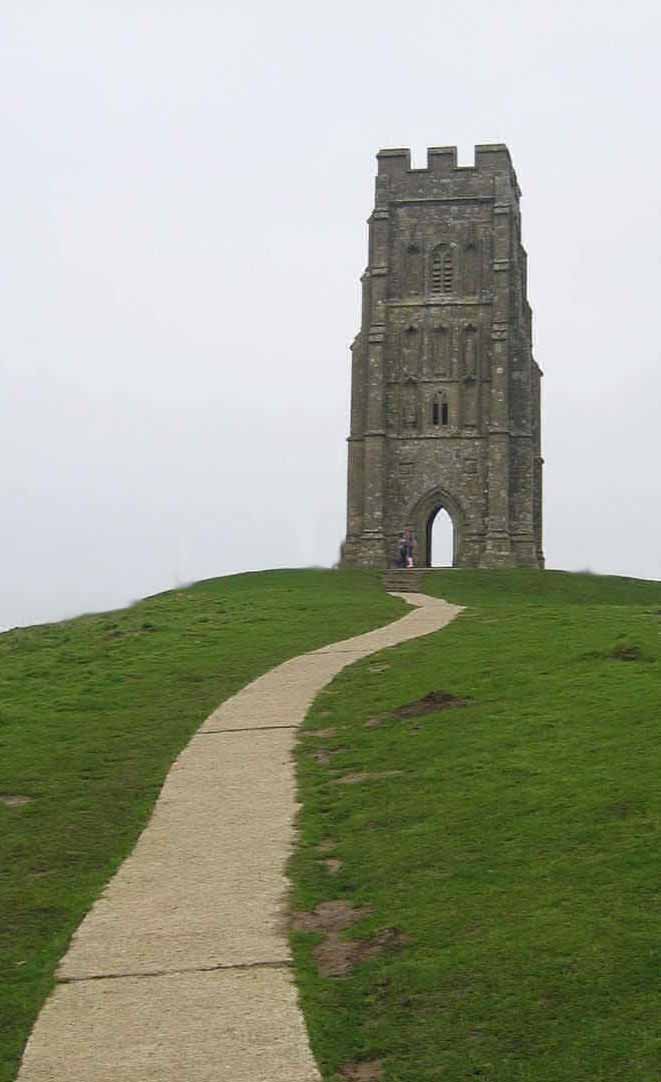

The grail, a cup used by Jesus at the Last Supper, is said to have been brought. without short cuts, from the start ‘Hell’ to the finish ‘Heaven’. Legend even has it that The Holy Grail may be hidden somewhere at Glastonbury. It reminds an old children’s game, in which the object is to take a strictly defined route. Using our imagination, we can see initiates and pilgrims walking along a twisting, seven-circuit path. Hear about the many myths, legends and mysteries of.

Was Tintagel Castle A Fortress Used By Iconic Hero King Arthur? Visit the awe inspiring prehistoric monument of Stonehenge, the most outstanding monument in the British Isles and a World Heritage Site. Unraveling The Secret History Of King Arthur And Robin Hood Medieval Mythbusting – New Research Rewrites History Of Glastonbury Abbey Made in the remote past for ritual purposes, it spirals round the Tor seven times, and ends – or may be supposed to end – at the summit where the tower now stands. Glastonbury Tor can be seen in the distance and, like Glastonbury Abbey, was an important pagan and later Christian site. This act created a spring of blood known today as the Chalice Well.

Geoffrey Ashe, who wrote a book “ King Arthur’s Avalon” suggests that the Glastonbury Tor was intended as a ritual site that, when walked in procession, gave admittance to an interior world.Īccording to a theory put forward by Geoffrey Russell, Ashe says, the terraces are the principal remains of a maze: not in the sense of a puzzle, but in the sense of a long, twisting, devious approach to a centre. The Holy Grail According to some legends, Joseph of Arimathea buried the Grail at the foot of Glastonbury Tor. When Arthur was wounded in battle, he was carried off to the Isle of Avalon so that his wounds might be attended to. Glastonbury has a long tradition of being The Isle of Avalon where. Joseph of Arimathea arrived in Glastonbury with the Holy Grail. Along its sides are a number of terraces, one above another,’ explains Geoffrey Ashe, a scholar and writer in the areas of Arthurian legend and British mythology.’ King Arthur’s sword, Excalibur, was forged on the mystic Isle of Avalon. The Cauldron and the Grail were both the object of quests for King Arthur and his knights. Medieval books were copied by hand Monks reproduced unique works of art. ‘The answer is that it is a natural hill, but one that shows signs of having been artificially shaped.


 0 kommentar(er)
0 kommentar(er)
